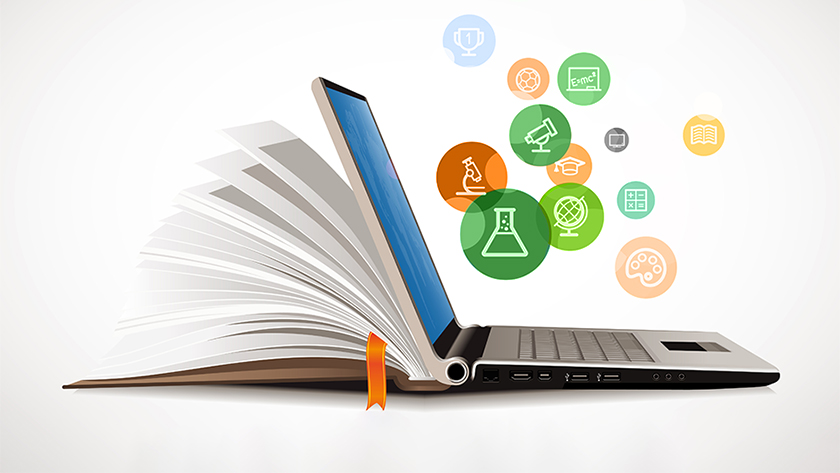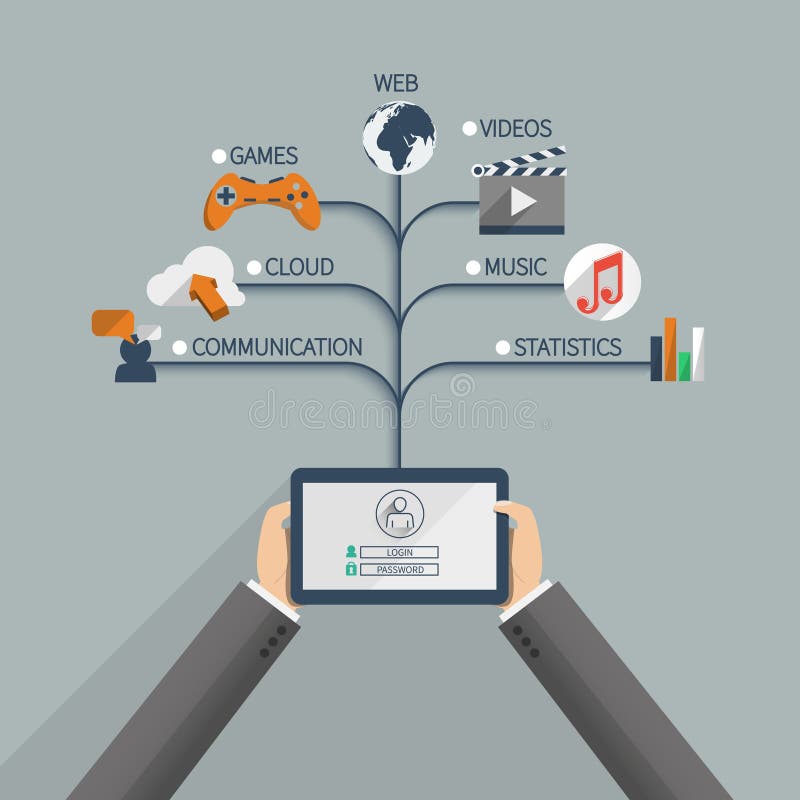Privacy in Digital Learning:
When we are studying online, all of our information is public. So our privacy and security needs to be guaranteed. First we should understand what data is being collected and how that data is being used. And online learning platforms should ensure strict security measures to protect student data, including encryption and access control. These measures ensure that our personal information is not misused or shared without consent. In addition, transparent privacy protection measures and the right of students to be informed about the use of their data are crucial. Protecting privacy not only helps maintain a level of trust for our students, but also contributes to a safe learning environment that promotes better learning experiences and outcomes.
Privacy vs. Educational Needs:
During the previous pandemic, all our learning relied on digital technology, which meant we needed to be more self-directed. However, the downside was that teachers couldn’t monitor our learning and were unaware of our progress. So, teachers might check our Brightspace to see our viewing history of recorded lectures. All our exams were also conducted online, requiring us to turn on our cameras, ensure our hands were visible, and keep our desks free of unrelated items. While these actions do impact our privacy, they are necessary. To achieve a balance, it’s crucial to make these privacy policies transparent and restrict data access, allowing only authorized personnel to use the data.
Universal Design for Learning:
Diversified content presentation: Provide various forms of learning materials, such as text, audio, video, and images, to cater to different learning styles and needs.
Diverse expression and interaction methods: Allow students to express their understanding and learning outcomes in various ways, such as written reports, presentations, videos, or projects. Provide a variety of interactive tools, such as online discussion boards and live chats, to encourage student participation and expression of opinions.
Offer flexible learning paths: Allow students to choose different learning paths and resources based on their learning pace and interests. Enable students to plan their own learning.
Ethics and Digital Tools in Education:
In selecting and using digital tools in education, the following points should be considered:
Privacy and Data Protection: Ensure that students’ personal information and data are adequately protected to prevent misuse or unauthorized sharing.
Fairness and Non-Bias: There should be no discrimination against any group, and all students should have equal access and usage opportunities.
Transparency and Informed Consent: Students should be informed about the tools being used, the information being collected, and any potential risks involved.
Content Quality and Accuracy: Ensure that the digital tools and resources used provide accurate information, and avoid the dissemination of incorrect information.




